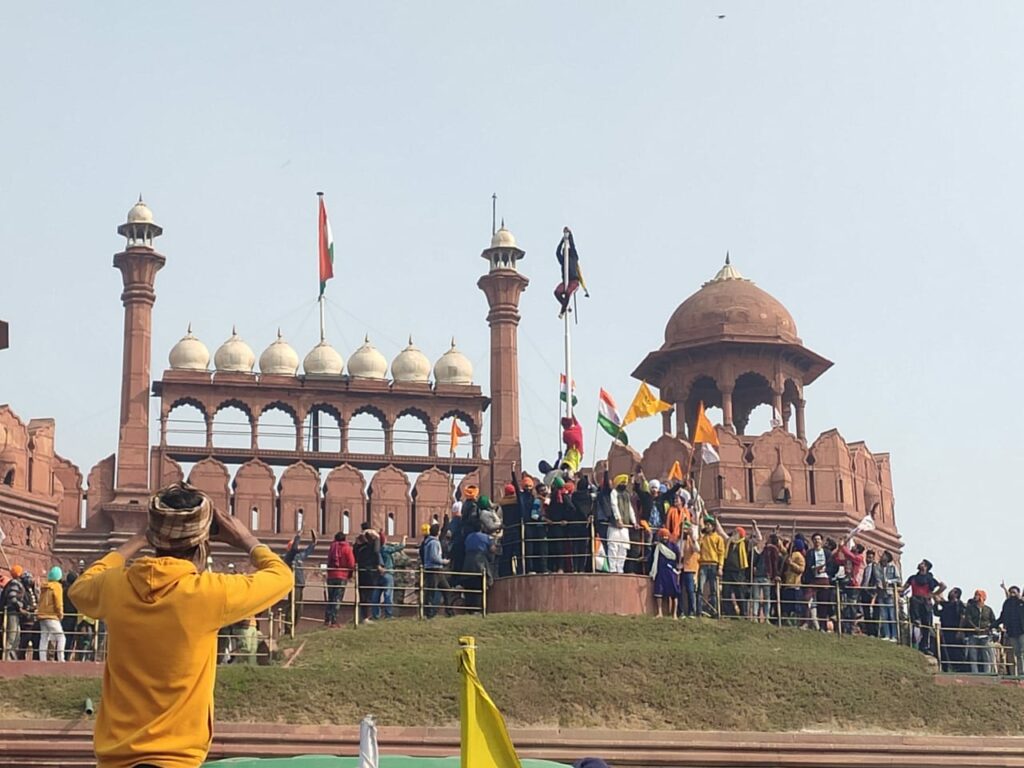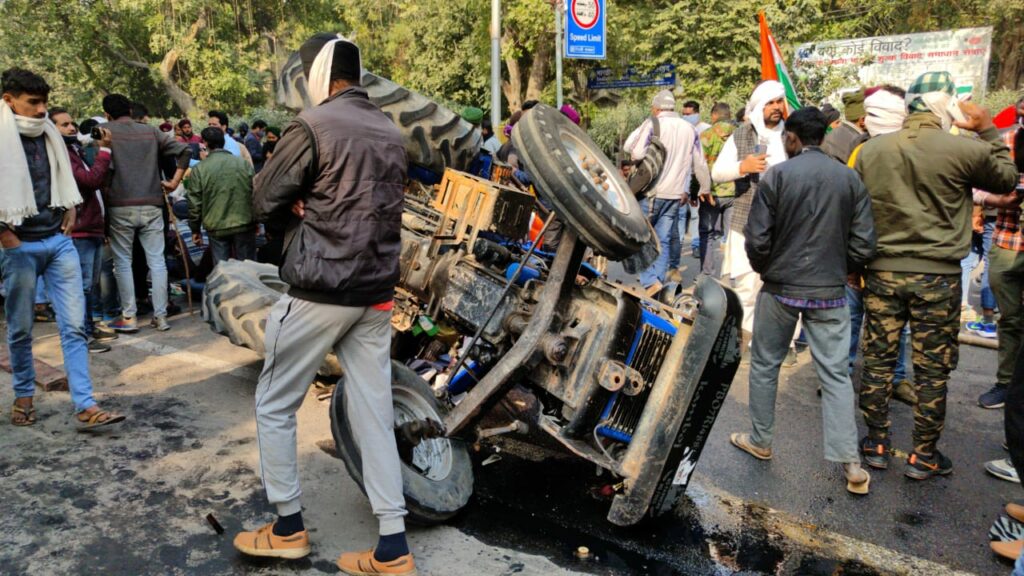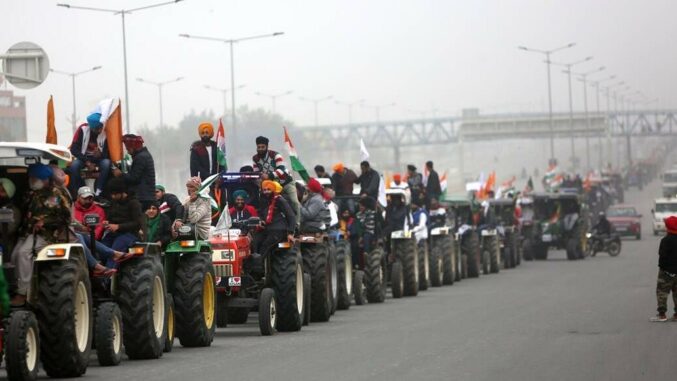January 26, India held an annual “Republic Day” military parade.
Indian farmers also held tractor protest marches in New Delhi that day.
The peasant protest was held after the military parade.
The tractor assembly is divided into three routes, with a total length of 194 kilometers, of which 100 kilometers will go deep into the urban area of New Delhi.
The march began at three assembly points in New Delhi and the border border, and the organizers of the rally expected the tractor parade to last more than three hours.

On the 26th local time, the New Delhi police sent 40,000 police officers to maintain public order in the city. But after the march began that afternoon, after the tractor rally marched for a while, the farmers changed their original route.
They broke through the roadblock and clashed fiercely with the police.
Farmers at the rally rushed to the landmark building of New Delhi, Red Fort, and planted the flag of the migrant workers’ union on the flagpole in front of the Red Fort Square, where farmers gathered to cheer and confront the police.
According to the Hindustan Times, a farmer died in a clash with the police.
On January 22, India’s Minister of Agriculture said that the Indian government would not repeal three bills on farmers, but said that the implementation of the law could be postponed by 18 months.
This proposal was rejected by farmers, who said they would fight until the three farmers’ bills were completely withdrawn.
The migrant workers’ union that launched the protest also said that they would protest at the Indian Parliament Building on February 1 as the Indian Parliament was considering the annual budget.
They will submit a request to Parliament to repeal the three agricultural bills.

It has been two months since Indian farmers protested against the three farmers’ bills.
Farmers worry that the three farmers’ bills formulated by the government will harm their own interests.
The reform of the traditional acquisition method of agricultural products will make farmers subject to large agricultural oligarchs in future production activities and their own interests will be difficult to safeguard.



